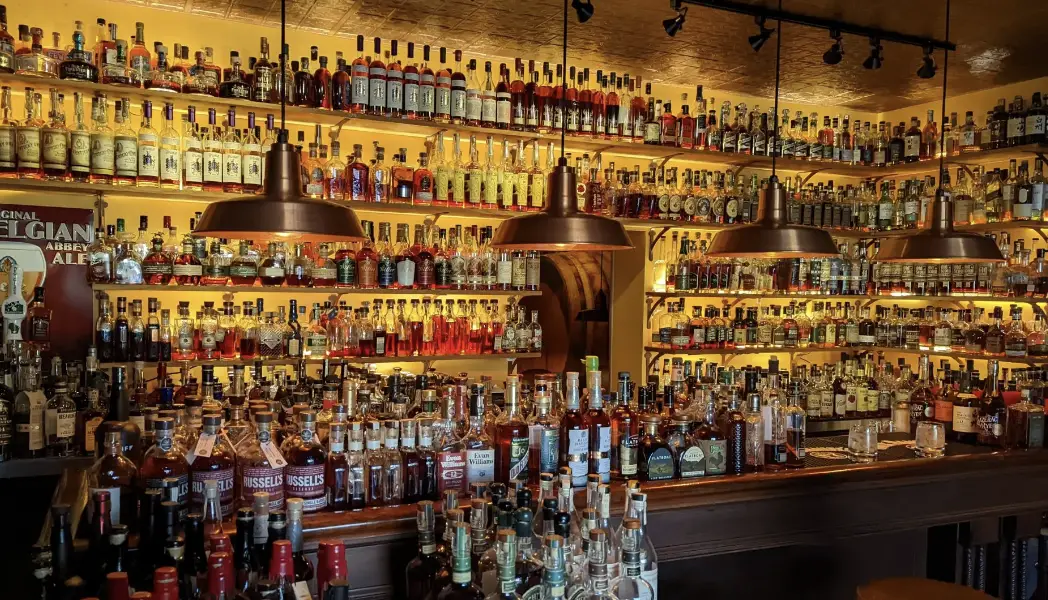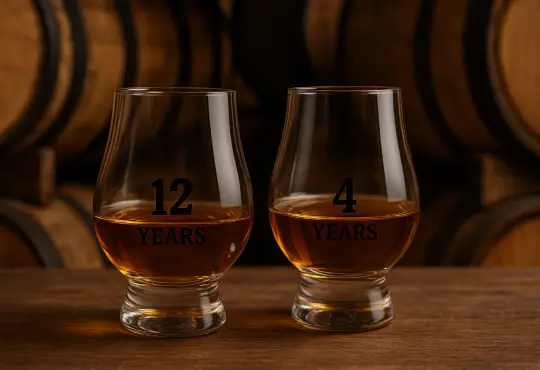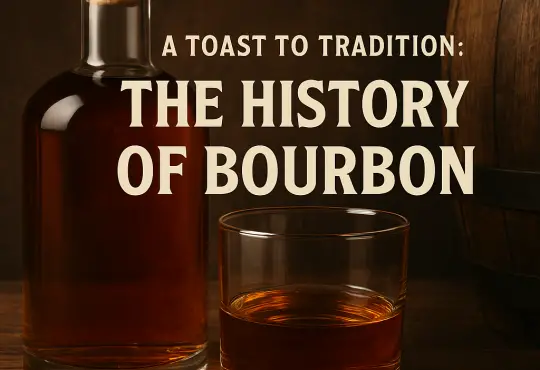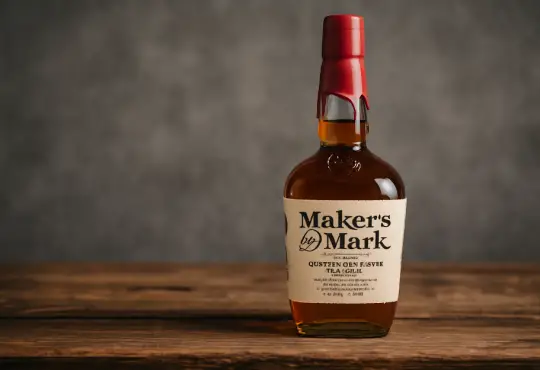
Honoring Bourbon Heritage: Exploring Tradition and Craftsmanship in Every Bottle
Bourbon, America’s native spirit, carries a rich and storied heritage that is deeply rooted in tradition. From its origins in the cornfields of Kentucky to its status as a beloved symbol of American craftsmanship, bourbon represents more than just a drink—it embodies a cultural legacy. In this blog post, we will dive into the captivating history and time-honored traditions of bourbon production, exploring the meticulous craftsmanship, aging process, and regional influences that contribute to the unparalleled quality and distinct character found in every bottle of this iconic spirit.
- The Birth of Bourbon:
To understand the heritage of bourbon, we must travel back to the late 18th century when settlers in Kentucky began distilling spirits from the plentiful corn crops. The unique limestone-rich water, fertile soil, and ideal climate of the region provided the perfect conditions for producing exceptional whiskey. Bourbon was officially recognized as a distinctive American product in 1964, solidifying its place as a national treasure and a testament to the country’s entrepreneurial spirit.
- Mash Bill and Distillation:
Bourbon’s heritage lies in its carefully crafted mash bill, which is the combination of grains used in the whiskey’s production. While the exact recipe may vary from distillery to distillery, bourbon must be made from a grain mixture that is at least 51% corn. The remaining portion typically consists of malted barley and either rye or wheat. This meticulous selection of grains plays a crucial role in shaping the flavor profile of the bourbon, reflecting the distiller’s expertise and commitment to tradition.
- Charred Oak Barrels:
A hallmark of bourbon production is the use of charred oak barrels for aging the spirit. These barrels, typically made from American white oak, contribute to the unique character and flavors of bourbon. The charring process caramelizes the sugars in the wood, imparting rich vanilla, caramel, and oak notes into the whiskey as it matures. This time-honored practice of barrel aging adds depth, complexity, and a touch of history to every bottle of bourbon.
- Aging and Patience:
Another fundamental aspect of bourbon heritage is the aging process. By law, bourbon must be aged in new, charred oak barrels for a minimum of two years. However, many reputable distilleries extend this aging period to significantly longer durations, allowing the whiskey to develop greater depth and complexity over time. Patience is a virtue in bourbon production, as the spirits gently rest in the barrel, absorbing flavors and mellowing with age, resulting in a smooth and refined product.
- Regional Influence:
Kentucky, often referred to as the “Bourbon Capital of the World,” holds a special place in bourbon heritage. The state’s rolling hills, fertile soil, and climate create an environment uniquely suited for producing exceptional bourbon. The region’s distilleries, some of which have been in operation for over a century, have become custodians of tradition, meticulously adhering to time-honored techniques and recipes that have been passed down through generations. These distilleries proudly showcase the heritage of bourbon, preserving the legacy of the craft while pushing boundaries with innovative expressions.
- Craftsmanship and Distiller’s Art:
At the heart of bourbon heritage lies the skilled craftsmanship and artistry of the distillers themselves. Master distillers, often with years of experience, carefully oversee every step of the production process, from grain selection to bottling. Their expertise, honed through years of practice and dedication, ensures that the bourbon maintains the highest standards of quality, consistency, and adherence to tradition. The distiller’s art is a testament to the passion and commitment required to produce exceptional bourbon.
- Bourbon Tourism and Distillery Visits:
In recent years, bourbon tourism has seen a significant surge, with enthusiasts flocking to Kentucky to explore the distilleries and experience firsthand the heritage of bourbon. Distillery tours offer visitors the opportunity to witness the production process, learn about the history and traditions of bourbon, and sample a wide range of expressions. These immersive experiences provide a deeper understanding and appreciation of bourbon’s heritage, allowing visitors to connect with the spirit on a more personal level.
Conclusion:
Bourbon’s heritage is a tapestry woven with tradition, craftsmanship, and regional pride. From its humble beginnings in the heartland of America to its current status as a globally celebrated spirit, bourbon represents the enduring legacy of an industry steeped in history. Each bottle of bourbon carries within it the stories of generations past, the dedication of master distillers, and the craftsmanship that upholds tradition. As we raise a glass of bourbon, we not only savor its rich flavors but also pay homage to the heritage and traditions that have shaped this beloved spirit.






